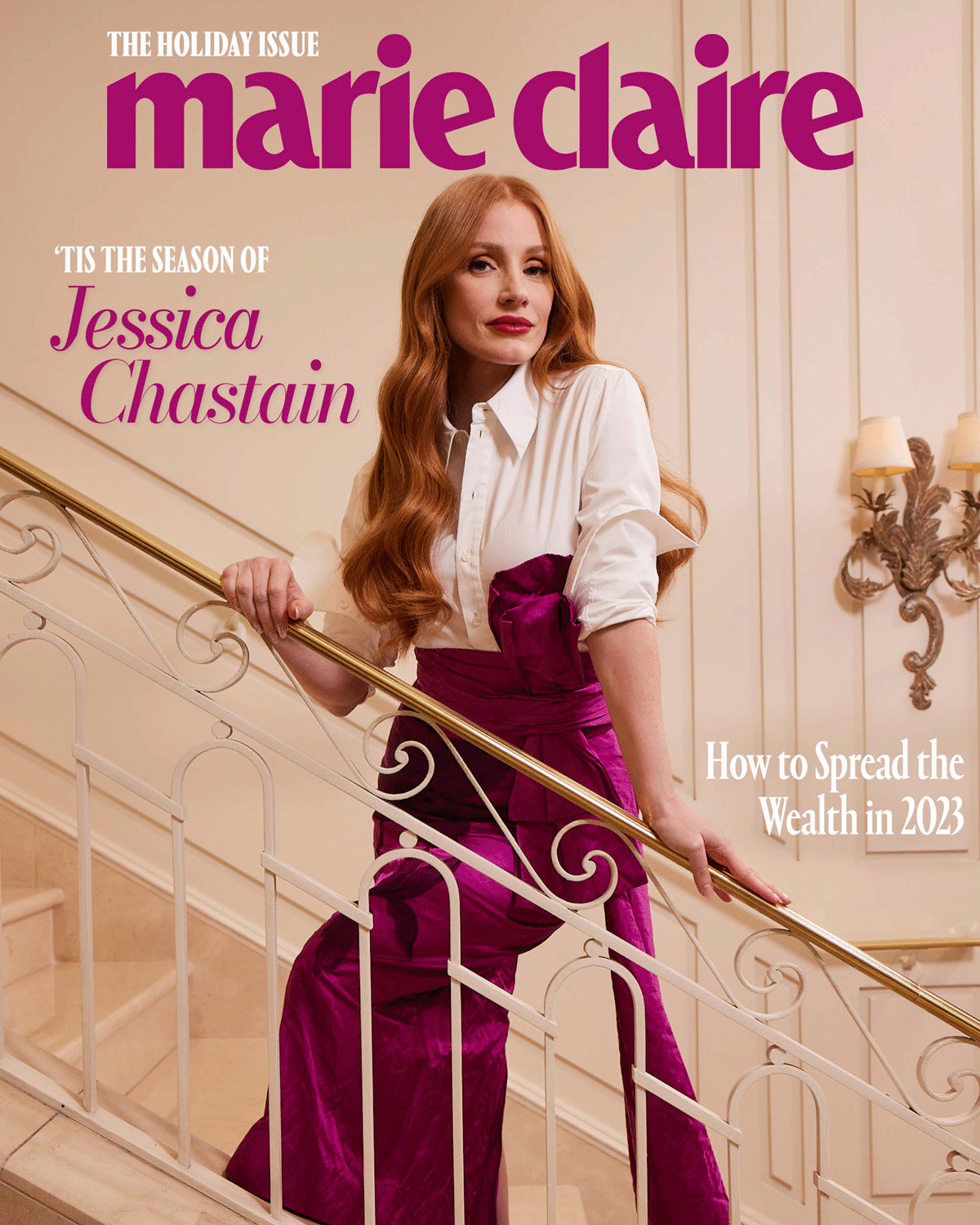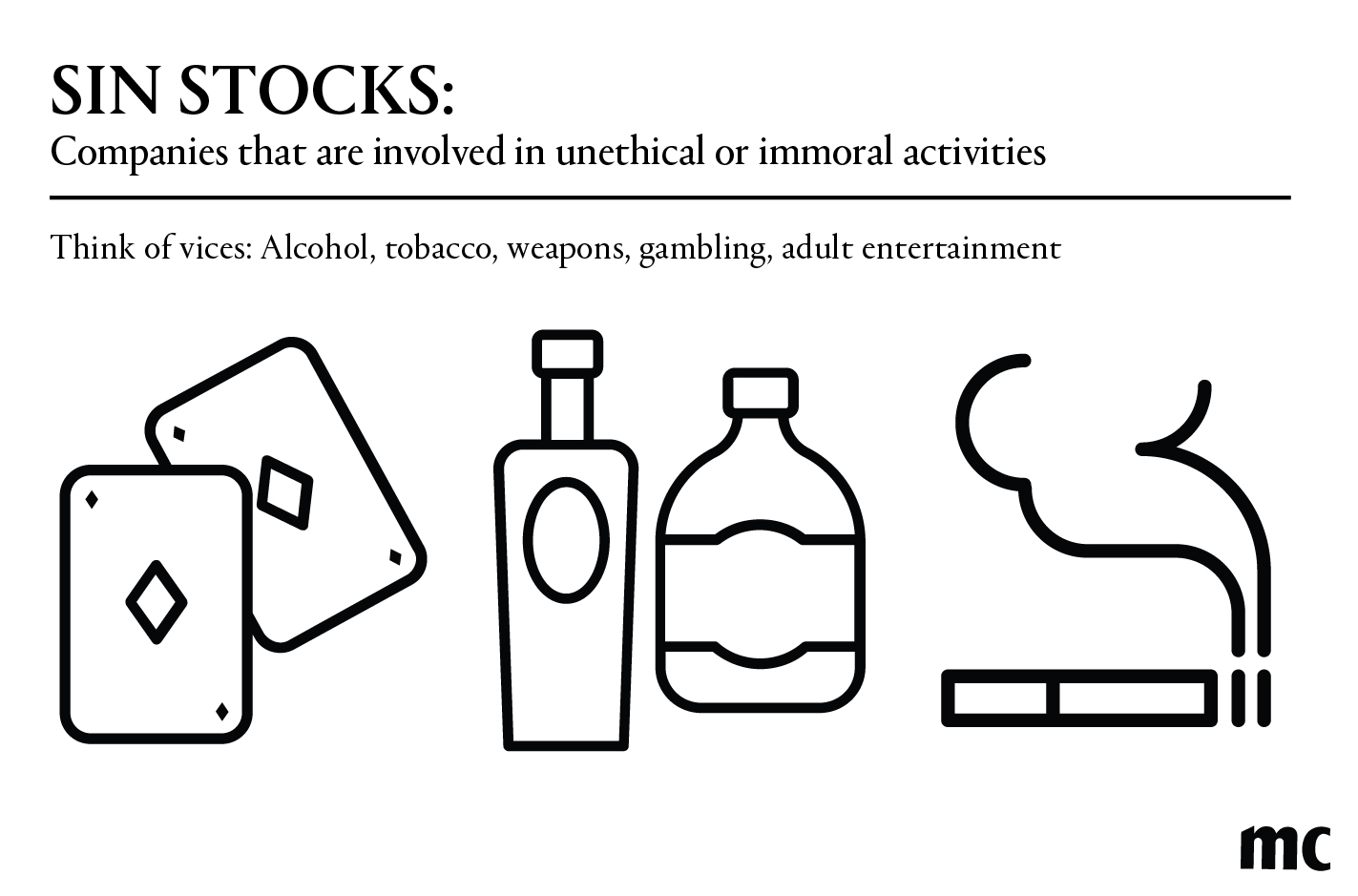Investing for Impact: A Beginner's Guide to ESG
As more women accumulate wealth, interest in ESG investing is positioned to soar. But it’s not that simple.



Just as conscious consumerism has led shoppers to question what kind of companies they’re buying from, impact investing is prompting investors to be more intentional about where they invest. According to The Forum for Sustainable and Responsible Investment, there were $17.1 trillion in responsibly invested assets in the U.S. at the start of 2020, up 42 percent from $12 trillion just two years prior. PwC projects the market could soar to $33.9 trillion by 2026. No doubt, the unprecedented events of the last two years—including the pandemic, Black Lives Matter, the Time’s Up movement for workplace equality, rampant gun violence, and climate change—have contributed to the boom of ESG investing, defined as an investment strategy that considers organizations' social, environmental, and governing choices.
But women and their rising wealth trajectories are also key factors in the shift. A recent survey by RBC Wealth Management clients found that “female clients are almost twice as likely as their male counterparts to say it's important the companies they invest in are integrating ESG factors into their policies.”
No matter your salary level or knowledge of investing, you can incorporate ESG investing into your wealth strategy. Here, how one female founder entered into ESG, plus a breakdown of what exactly ESG investing is and how to get started.
An Entrepreneur’s Quest to Invest with Intention

Adette Contreras
When Adette Contreras was in her 20s, “investing for the future” meant contributing to her 401k—but mostly, it meant reinvesting in Tinsel, a Brooklyn-based experiential events company she cofounded in 2011. She and her two partners have since hired hundreds of full- and part-time workers to execute artsy, immersive events for companies like Squarespace, GQ, and L’Oréal. She wanted to fuel growth for Tinsel for the next 20 years.
Now in her 30s and awaiting the birth of her second child, “investing for the future” has taken on new meaning. Instead of securing wealth for herself alone, Contreras now considers her family of four, two aging parents, and the well-being of the world in which her children and potential grandchildren will grow. She’s thinking of not just the next 20 years, but the next 200 and beyond.
“As a minority woman and daughter of immigrants, generational wealth is a big topic of discussion, and we come at it from a place of privilege because our parents had to work, work, work,” says Contreras, whose family is from the Philippines. “But as a second generation, I want to be able to enjoy my money and provide a safety net for my kids, without raising spoiled brats. That’s where the need for estate planning comes in.”
Prudential’s Financial Wellness Survey estimates that “nearly half of American women are the primary household breadwinners, an almost fourfold increase since 1960.” Women control a majority of the wealth, too. The number of high-net-worth (HNW) women is growing twice as fast as the number of affluent men, according to the National Association of Women Business Owners.
Get exclusive access to fashion and beauty trends, hot-off-the-press celebrity news, and more.
While both Contreras and her husband are earners, her spouse grew up in Sweden with infrastructures like paid leave, free daycare, universal education, and universal healthcare. So when it came to planning for retirement in the U.S., Contreras took the reins. She wanted to focus on ESG—a subset of impact investing that uses Environmental, Sustainable, and Governance as criteria for selecting companies to invest in—from the start.
“ESG takes a lot of work and research, it’s not just picking an index fund.”
Erin Hadary, partner at The Moneta Group

When it came to a desire to learn more about ESG, Contreras was in good company. Her CFO had already built a spreadsheet of 75 ESG financial advisors, categorizing them by strategy and values, be it a focus on environmental causes or a firm exclusion of companies involved in weapons or oil.
Contreras' priorities centered on investing in sustainability and minority and women-backed enterprises. She narrowed her CFO’s list down to 10 based on her criteria. After interviewing them, she landed on The Lily Group, a subsidiary of Morgan Stanley. Contreras liked that it had the research resources of a large firm, yet took a personalized approach to tailoring her portfolio. Its founder, Lily Engelhardt, is considered an OG of impact investing. Its three all-women partners have been dubbed “The Lionesses of Social Responsible Investing.”
“Women are controlling more capital than they ever have in the past and they are drivers in ESG growth."
Natalie Lazar, partner at The Lily Group
Engelhardt immigrated from Israel to the U.S. in 1980, then landed a job at a New York City brokerage firm that managed union pension funds. At the time, gold funds were all the rage on Wall Street, a majority of which came from South Africa which was plagued by racial segregation. The firm chose to divest from South African gold to take a stand against apartheid.

Natalie Lazar, partner at The Lily Group
Engelhardt then joined Morgan Stanley in 1987, where she and partner LiliAnn Stafford took this activist approach and formed The Lily Group. Before warm and fuzzy terms like “socially responsible investing” or “ESG” were ever coined, the two were among the first to proactively invest in progressive companies, and skip those that were harmful to social or environmental agendas.
“It wasn’t called impact investing or ESG yet, she just came from a social justice perspective. And she was at the right time, the right place, and had the right clients to take a stand,” says Engelhardt’s daughter, Natalie Lazar, who joined the firm in 2014 and is now the third partner.
Lazar says roughly 70 percent of their clients are women, most of whom are self-made like Contreras.

Although ESG can get overwhelming, Contreras believes that being mindful about who manages her money is a first step. “Yes, I care about all the things that fall under ESG," she continues, "but the little capitalist in me says the end-game is still about generational wealth and creating a safety net for my kids and my parents.”
Says Lazar: “My generation and the next generation, we don’t think of doing good as only charity or volunteering. We think of doing good through the jobs we take, the clothes and products we buy and now in the investments we make.”
ESG 101
What is ESG investing? ESG is a method of applying non-financial factors, usually based on an investor’s values and beliefs, as part of their investment strategy. ESG investing falls under the umbrella of Impact Investing, and breaks investment risks and opportunities into environmental, social, and governance metrics.
What does that mean in practice? Ellen Kennedy, Contributing ESG Editor at Kiplinger, breaks it down:
- Environmental. This metric assesses the environmental impact of a company and how well it manages that impact. Does it monitor direct and indirect greenhouse gas emissions? How does manufacturing affect local natural resources and wildlife? Is it associated with climate change or related risks, such as flooding or wildfires?
- Social. Healthy employee relations are universally important for retention and reputation. But this category also considers supply chain labor, supply chain partners, customers, and communities impacted by company operations. This is especially important for companies that manufacture in developing countries that might lack environmental and labor standards.
- Governance. Think of ethics and transparency. This emphasizes how an organization is led and managed and recognizes companies that demonstrate clean accounting, executive compensation, and shareholder rights.
How is ESG measured? There is no standard approach to scoring or measuring ESG. Companies typically rely on independent reports and ratings from organizations like the Global Reporting Initiative and the Sustainable Account Standards Board.
Companies are also issuing policy disclosures, annual reports, and statements. Some disclose their climate policies and board diversity.
How can an investor make sure they're investing in a legitimate ESG company or fund? ESG is broad. It encompasses companies that have both entered the market to help solve certain issues as well as companies that adhere to certain standards, but did not enter the market to necessarily solve environmental or social issues.
Because of this wide range, an investor can include or exclude certain companies based on these factors—the metrics simply give insight. Every investor has different goals and risk tolerances, and it is the advisor’s job to not only incorporate the clients’ values but also meet their financial goals.
Is ESG just for seasoned investors or can young/new investors also incorporate ESG principles? You do not have to be a seasoned investor to invest in a way that aligns with your objectives, but it helps to develop a financial plan with an advisor. The financial plan will give insight into how the inclusion of certain companies and investments will affect returns.
Risks and Criticisms
Research has shown ESG portfolios can outperform traditional funds. Which makes ESG seem like a no-brainer, right? But before you invest, consider the criticisms of ESG investing.
- Backlash. The Washington Post wrote: “Some progressives think the term ESG has become so broad as to lose much of its meaning…Even the man who coined the acronym, Paul Clements-Hunt, who now runs an advisory firm called Blended Capital Group, says the finance industry has sprinkled ‘ESG fairy dust’ on products that don’t merit the label.”
- Greenwashing. Many accuse companies of greenwashing, which is when they exaggerate the environmental and social benefits of their actions.
- Political pushback. Just following the controversy around ESG can make your head spin. Bloomberg Law reports that Republicans are working overtime to block ESG with legislation, citing “underperformance, high-cost energy expenses, and harm to the oil and gas industry.”
- A lack of standardized metrics, and therefore, a lack of transparency. There is no single definition or standardized method for measuring ESG.
A Beginner's Guide to ESG

Erin Hadary of Moneta Group
Due to skyrocketing demand, high-net-worthers can easily invest in ESG via venture capital, private equity, and family offices, as these options have the scale, bandwidth, and budget to accurately monitor ESG.
Entry-levelers can explore mainstream offerings like money market funds, single stock opportunities, and ETFs. But are these enough? “ESG takes a lot of work and research, it’s not just picking an index fund,” says Erin Hadary, Moneta Group. She shares practical ways green investors can get acquainted with ESG:
Research: You can set weekly Google Alerts or use screening tools like Morningstar, and punch in search terms like “sustainable investing,” and “ESG.” This is a free and practical solution for beginners wanting to learn more about ESG, says Hadary.
Robo-Advisors: Robo-advisors like Betterment, Ellevest, Wealthsimple, Sustainfolio, Earthfolio, and OpenInvest offer ESG-oriented portfolios. But Lazar says robo-advisors aren’t enough: “It lacks the personalized, comprehensive financial planning that should drive the investment choices.”
Find a Financial Advisor: Hadary says financial advisors with a track record in ESG is the best way to align your investing values with your financial goals. A better place to find a fee-only fiduciary financial advisor is on NAPFA website. “This site lists Certified Financial Planners who are not focused on marketing and IPOs, but on listening to client goals, and building portfolios in line with a client's goals,” says Hadary.
Take It to HR: Another way entry-level workers can get ESG into their portfolio is to ask their 401k provider or human resources department. “Employees could go to HR and say ‘hey, I do not see enough options that represent my values, and I'd like to add more ESG funds in the lineup,” says Hadary.
“Imagine if every employee in the world did that? It could change investing and change the world.”
The Bottom Line
- Are ESG metrics perfect? No, but we have come a long way over the last decade.
- ESG investing is not one-size-fits-all. It can include or exclude certain categories, and we have many ways to continually monitor adherence to different modalities.
- As more investors and shareholders continue to demand transparency from companies, the more ESG could develop and flourish.

Tanya Benedicto Klich is Senior Editor at Marie Claire where she manages the Money & Career section. Over the course of her 10+ years as a journalist she has overseen the coverage of female founders, funders, executives, innovators and more. Tanya was previously a Lifestyle Reporter for Forbes, where she worked at the ForbesWomen and Forbes Lifestyle verticals. She was also a Features Editor at Entrepreneur Magazine, and a former on-air reporter for NY1 News. Tanya is also a graduate of Columbia University Graduate School of Journalism where she specialized in business & economic journalism, and is an adjunct professor at the NYU Arthur L. Carter Journalism Institute. She lives in Brooklyn with her husband and two little sons. Follow her on Twitter: @TanyaKlich